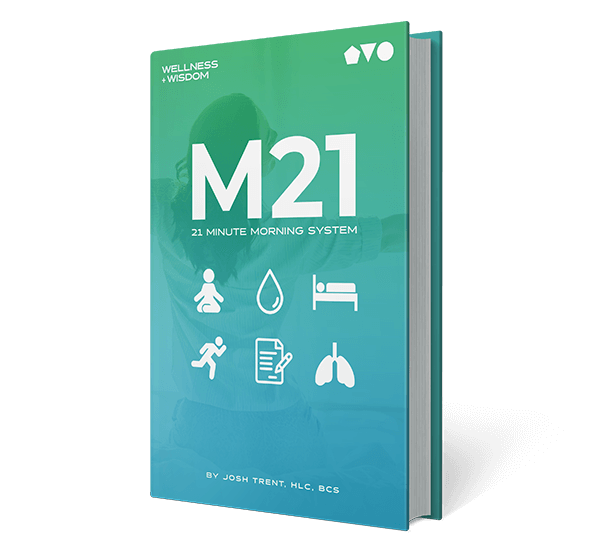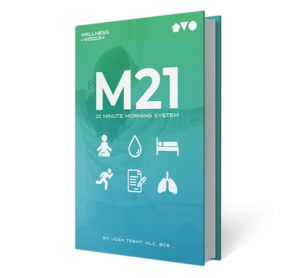 As a writer, you are responsible for creating enduring and meaningful connections with the target audience or, simply, the readers. To establish such relationships, one must create memorable stories by mastering the art of evoking emotions. Such writings that show feelings have the potential to transform the reader’s thinking while offering them valuable insights on different issues affecting human nature.
As a writer, you are responsible for creating enduring and meaningful connections with the target audience or, simply, the readers. To establish such relationships, one must create memorable stories by mastering the art of evoking emotions. Such writings that show feelings have the potential to transform the reader’s thinking while offering them valuable insights on different issues affecting human nature.
Table of Contents
How to Show Emotion in Writing
How the reader feels at the end of the story is entirely up to the writer. So, before writing any account, it is essential to contemplate the desired results. In other words, how would you want your readers to feel after reading your article, novel, blog post, magazine, book, or any other form of writing?
You may want your audience to feel inspired, joyful, confident, committed, sad, thoughtful, cynical, betrayed, and so on. Serious writers know what they want from the start. Thus, showing and evoking the reader’s emotion is a top priority for writers. If you, as a writer, can figure out how to achieve this goal, it can significantly boost your overall plotting of a story.
Providing authentic and honest experiences enhances the connection between the reader and the writer and stimulates relevant emotions among readers. Emotional writing applies in all fields, including academic, fiction, and formal.
In this article, you will find several tips on evoking and showing emotions in writing. Therefore, by the end of this post, you should be able to create meaningful and powerful stories that potentially evoke the reader’s emotions. Read on to understand more about the topic.
Ways to Evoke Emotion in Writing
Avoid Using Clichés
While clichés are a good way to show emotions, they are often overused and have, over time, lost their meaning. As a result, they present the writer as a lazy and unimaginative person. Worse still, the phrases tend to be meaningless and, in other cases, have virtually opposite meanings to what was initially intended.
Therefore, to show emotion in writing, you must be specific in choosing the words to use in the story. This tactic helps avoid falling into the trap of cliché. Be specific when describing characters; use the correct word choices and language. Finally, revise the final draft before submitting it to eliminate all forms of cliché, including expressions and descriptions that seem meaningless or overused.
Relate Readers with Protagonists
To evoke emotion in writing, the readers must be able to connect with the story’s protagonist from the start to the end. Usually, readers experience real emotions by identifying themselves with the different characters used in the story. For example, if your favorite character is optimistic or happy, the reader will likely express the same degree of optimism and happiness. The protagonist must be relatable to achieve such a level of connection with the readers.
In other words, readers more invested in understanding how the story unfolds are likely to show their emotions. Therefore, it is crucial for the writer to clearly demonstrate proper character development and plotting relating to the protagonist. This way, as a writer, you will be able to evoke the reader’s emotions from the first page to the end, the climax.
Be Authentic and Build Up Intense Emotions
Authenticity is a great way of evoking and showing emotions in writing, especially by fiction writers. Readers like authentic and original stories that they can relate to. Thus, when writing, build intense emotions to make your stories real. For instance, fiction readers require accounts that almost resemble real life. They are likely to show their feelings in a memorable and impactful story. Deep emotions are evoked when characters and the story is narrated in ways that depict strong and passionate feelings.
Try Professional Essay Writing Services
 Online writing services boast numerous experts who can help you prepare academic, formal, or fiction writings at an affordable cost. Are you a student or a professional who needs assistance writing stories or literature that evokes or shows emotions? Several websites offer custom writings at the best price and have writers who can generate papers from scratch to exceed your expectations. One such online company is CustomWritings which offers essay writing services 24/7, firm with positive reviews for its quality services and exceptional customer service; friendly and reliable support team.
Online writing services boast numerous experts who can help you prepare academic, formal, or fiction writings at an affordable cost. Are you a student or a professional who needs assistance writing stories or literature that evokes or shows emotions? Several websites offer custom writings at the best price and have writers who can generate papers from scratch to exceed your expectations. One such online company is CustomWritings which offers essay writing services 24/7, firm with positive reviews for its quality services and exceptional customer service; friendly and reliable support team.
Consider Journaling
Preparing a journal is a significant way to show and evoke emotions in writing. It allows you to keep an articulate record of thoughts, feelings, and insights before commencing the actual writing process. As a result, the writer is equipped with the potential to write well-contemplated stories that are more memorable and imaginative. In addition, it boosts the organization of ideas to avoid jumpy paragraphs while, at the same time, promoting consistency and creativity. Journaling to evoke emotions in writing is beneficial in academic, fiction, formal, and other forms of inscription presentation.
How do you feel about intense and relatable character emotions? Journaling can help you achieve this by providing an opportunity to document personal emotional encounters daily. For instance, whether you are feeling happy, sad, remorseful, betrayed, inspired, or angry, keeping a journal can help you accurately narrate the circumstances that resulted in the emotional response. In essence, journaling keeps your thoughts as much specific as possible to realize the maximum emotional impact.
Plot twisting
Twisting the story’s plot is one of the obvious ways to show and evoke emotions in writing. It entails introducing new aspects or an unexpected loop. This strategy produces exciting pieces of writing with maximum emotional impact. Your readers will keep guessing what will happen next, meaning they are fully invested in the writing. Such connections have the most significant emotional influence on readers.
Show instead of telling
At this point, I am almost sure you have heard of the phrase “show, don’t tell.” It is a relatively resourceful way to show emotions in writing. This attribute is particularly true in fiction writing as it entails presenting factual circumstances, and generating certain emotions. You can achieve the strategy by varying descriptions throughout your pieces of writing.
For example, instead of writing or telling the reader that a character is happy, illustrate how their face glowed, the body moved with joy, and other facial expressions that depict happiness. This approach triggers the reader’s emotions since they can relate to the character’s experiences.










One Response
Thank you for the article!